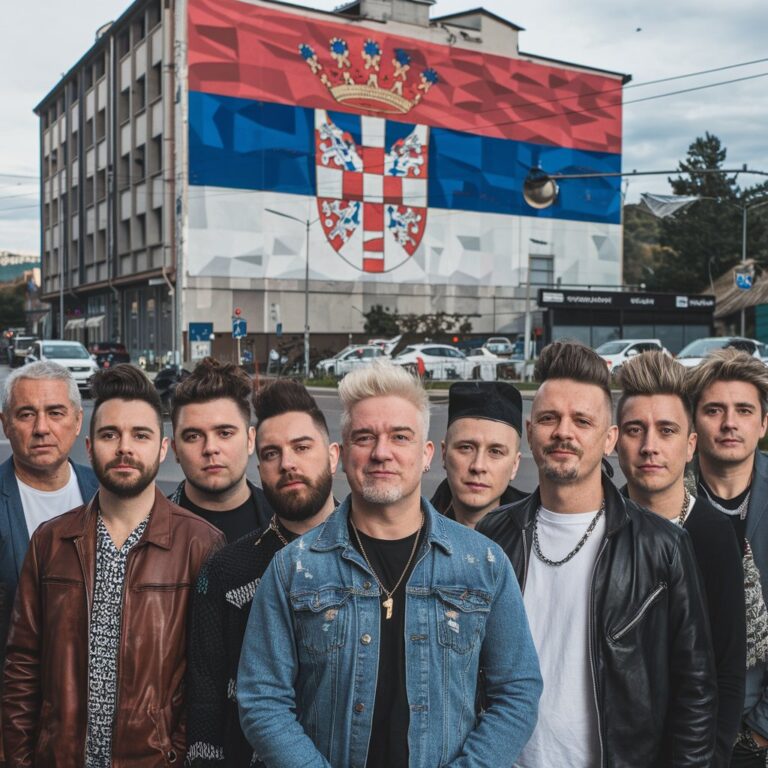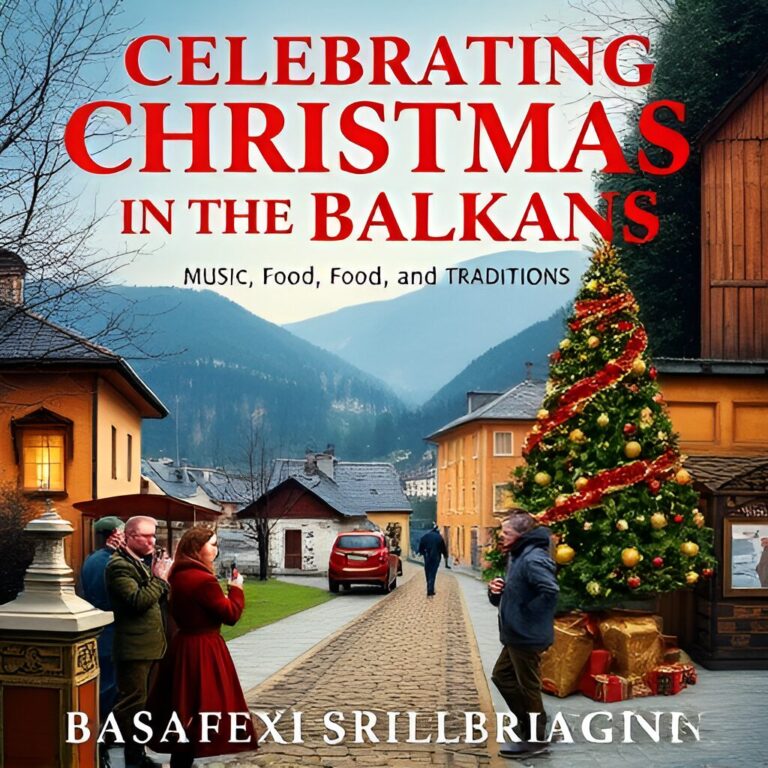The Rise of Pop Music in Serbia and Croatia: A New Wave
In recent years, pop music has experienced a remarkable surge in popularity in Serbia and Croatia. This new wave of artists, often blending traditional elements with contemporary sounds, has captivated audiences and reshaped the music landscape. In this article, we explore the factors contributing to the rise of pop music in these two Balkan countries and highlight some of the standout artists leading the charge.
1. Cultural Influences and Musical Fusion
The rise of pop music in Serbia and Croatia can be attributed to a unique blend of cultural influences. These countries have a rich musical heritage, with folk traditions playing a significant role in their identity. Modern pop artists are increasingly incorporating these traditional elements into their music, creating a distinct sound that resonates with both younger and older generations. Genres like turbo-folk, which combines pop with Balkan folk music, have paved the way for this fusion, allowing artists to appeal to a broader audience.
2. The Role of Media and Technology
The digital age has transformed how music is produced, distributed, and consumed. Social media platforms and streaming services have made it easier for artists to reach their audience without relying solely on traditional media. This democratization of music distribution has led to a rise in independent artists who can share their work with the world. In Serbia and Croatia, platforms like YouTube and Spotify have become essential tools for promoting pop music, enabling artists to gain visibility and build a following.
3. Emerging Artists Making Waves
Several artists have emerged as key players in the pop music scene in Serbia and Croatia. Notable figures like Boba Stefanović and Mia Dimšić have captured the attention of listeners with their catchy melodies and relatable lyrics. These artists often draw from personal experiences, creating music that resonates with the everyday lives of their fans. Their success is a testament to the growing appetite for pop music in the region, as they continue to top charts and fill concert venues.
4. The Impact of Festivals and Live Events
Music festivals have also played a crucial role in the rise of pop music in Serbia and Croatia. Events like EXIT Festival in Novi Sad and Ultra Europe in Split attract both local and international audiences, showcasing a diverse lineup of artists. These festivals provide a platform for emerging pop musicians to perform alongside established acts, creating opportunities for collaboration and exposure. As these events grow in popularity, they contribute significantly to the visibility and acceptance of pop music within the cultural fabric of the region.
5. Challenges and Future Prospects
Despite the growing popularity of pop music, artists in Serbia and Croatia face challenges. The music industry is highly competitive, and many artists must navigate financial constraints and limited resources. However, with the increasing interest in pop music and the continued support from fans, the future looks promising. As new artists emerge and established musicians innovate, the pop music scene in Serbia and Croatia is poised for continued growth.
Conclusion
The rise of pop music in Serbia and Croatia represents a new wave of creativity and cultural expression. By blending traditional influences with modern sounds, artists are reshaping the musical landscape and capturing the hearts of listeners. As media, technology, and live events continue to support this vibrant scene, the future of pop music in these Balkan countries looks bright. The new wave of pop artists is not only redefining what it means to be a musician in the region but also enriching the cultural tapestry of the Balkans.





